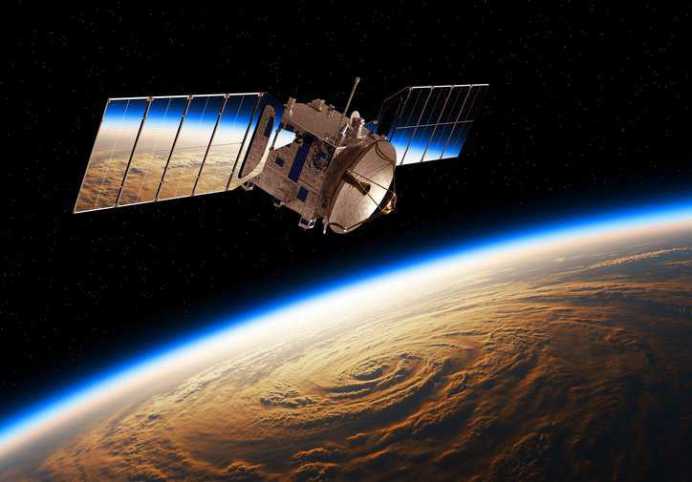Electrostatics is a major concern of spacecraft technology. Since space is filled with hot and low-density plasma that builds up high differential voltages, electrostatic discharge (ESD) can occur. ESD may sometimes cause an anomalous behavior of spacecraft electronics. Luckily, ISO 11221:2011— Space Systems – Space Solar Panels – Spacecraft Charging Induced Electrostatic Discharge Test Methods details electrostatic discharges test methods, which are applicable only on solar panels in space.
Why Is Electrostatic Discharge (ESD) a Threat in Space?
Electrostatic Discharge (ESD) remains a threat to the integrity of electronic hardware in space despite extensive NASA and industry experience with controlling ESD and its effects. It can cause various detrimental effects to the designated space operation. As ESD can occur repeatedly during the lifetime of a spacecraft, there can be cumulative effects such as surface degradation, surface contamination via vaporized material, or internal damage to solar cells due to surge voltages.
ESD-induced damage during the latter stages of spacecraft development (e.g., system integration and test or launch vehicle integration) may be difficult to detect/analyze and expensive to repair. Designers of ESD-sensitive devices and handlers of ESD-sensitive equipment should not assume that routine ESD engineering principles and practices will continue to be adequate to prevent damage to flight equipment. Although, adhering to ESD testing standards like ISO 11221:2011 do help in controlling ESD in space.
What Is ISO 11221?
ISO 11221:2011 specifies qualification and characterization test methods to simulate plasma interactions and electrostatic discharges on solar array panels in space. The standard is applicable to solar array panels made of crystalline silicon, gallium arsenide (GaAs), or multi-junction solar cells. ISO 11221:2011 addresses only surface discharges on solar panels.
Electrostatic Discharge (ESD) on a Solar Array
ISO 11221:2011 details that Electrostatic Discharge (ESD) on a solar array is “a single, fast, high-current transfer of ESD that results from a strong electrostatic field between two objects in close proximity.” Differential charging on solar array exterior surfaces builds up an electric charge on the insulator surface. The electrostatic energy stored on the insulator is partially or fully released once the electric field on any part of the surface exceeds the discharge inception threshold. ISO 11221:2011 details that ESD has three forms of current path:
- Blow-off: the emission of negative charges (electrons) into space. The blow-off current discharges electric charge stored in the capacitance between the spacecraft and the ambient plasma.
- Flashover: a surface discharge propagating from a starting point as the surface of the dielectric becomes conductive (by the creation of a plasma). The flashover current discharges electric charge stored in the capacitance between the surface of an insulator and the spacecraft ground.
- Punch-through: the classic breakdown of a dielectric material, such as the breakdown of a capacitance, for example. The punch-through discharge neutralizes not only electric charge stored in the capacitance between the insulator and spacecraft ground, but also some of the electric charge stored inside the insulator material due to penetrating charged particles.
ISO 11221:2011— Space Systems – Space Solar Panels – Spacecraft Charging Induced Electrostatic Discharge Test Methods is available on the ANSI Webstore.
